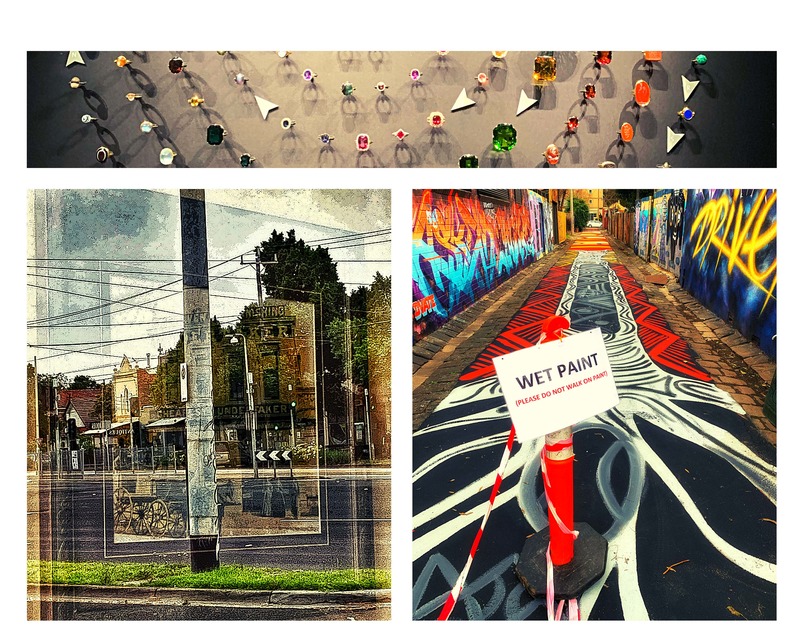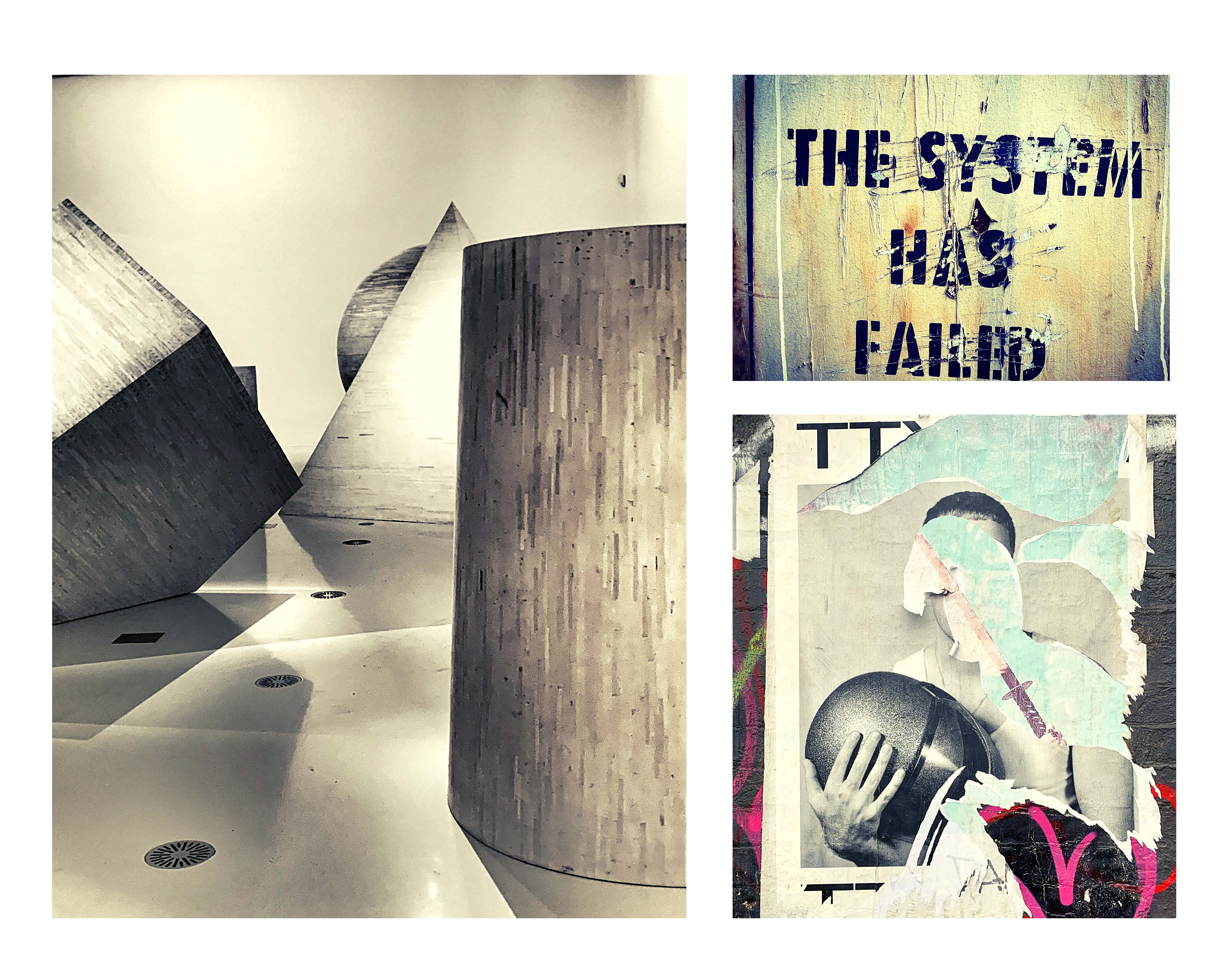About the Project
The Rationale and Background
 At the time of the study evidence continued to mount about the benefits and impact of the arts and arts rich learning environments for young people (Caldwell & Vaughan, 2012; Fiske, 2000; Hunter, 2005; McCarthy, Ondaatje, Zakaras, & Brooks, 2004) and was subsequently espoused in policy statements, where governments indicated they wanted ‘more students to excel in the arts’ (Department of Education and Training, 2015, p. 11). Counter to this position art education in formal school settings endured a number of tensions and tussles over the previous decades. These tensions included debate: pedagogical debate, the teaching of technique versus self expression, subject or child centred approaches, education ‘through’ or ‘in’ the arts (Hickman, 2010) and ongoing questions were raised as to what arts ‘ways of knowing’ should be taught. Political and ideological agendas also shaped curriculum perspectives which in turn impacted the provision of quality arts education.
At the time of the study evidence continued to mount about the benefits and impact of the arts and arts rich learning environments for young people (Caldwell & Vaughan, 2012; Fiske, 2000; Hunter, 2005; McCarthy, Ondaatje, Zakaras, & Brooks, 2004) and was subsequently espoused in policy statements, where governments indicated they wanted ‘more students to excel in the arts’ (Department of Education and Training, 2015, p. 11). Counter to this position art education in formal school settings endured a number of tensions and tussles over the previous decades. These tensions included debate: pedagogical debate, the teaching of technique versus self expression, subject or child centred approaches, education ‘through’ or ‘in’ the arts (Hickman, 2010) and ongoing questions were raised as to what arts ‘ways of knowing’ should be taught. Political and ideological agendas also shaped curriculum perspectives which in turn impacted the provision of quality arts education.
Similarly disruption occurred inside the field of art education when there was a move away from codifying the arts into traditional or discrete categories (as observed by Flood, Heath, & Lapp, 2005) along with the emergence of diverse ‘new’ art forms and theoretical perspectives such a post structuralism challenging established views and understandings. In art education, questions from curriculum perspective were also raised when nesting the various arts disciplines (drama, dance, visual art and music) under the umbrella of ‘the arts’. Further to this subsequent issues were emphasised around what counts in the curriculum as an arts subject, and at a deeper level, once decided what counts, question were also raised about what or who decides the appropriate content for that art subject (Fleming, 2012). 
Teachers who were already working in schools or those about to commence their careers had identified concerns about having adequate time for the teaching of quality arts education in addition to possessing the confidence to teach the arts (Bottrell, 2000; Lemon & Garvis, 2013; Oreck, 2004; RussellBowie, 2012). In that current climate of education with a focus on outcomes-based learning, high stakes testing and a ‘back to basics’ mandate on the teaching literacy and numeracy, it had resulted, in some instances, in the decline of art education provided in school settings (Robinson, 2015).
As the place of arts education appeared to be diminished in school contexts, a similar phenomenon also seemed to be occurring in the tertiary sector in the preparation of preservice teachers. Barton, Baguley, and MacDonald (2013) claim that it “... is clear that the arts are consistently at risk of being marginalised in teacher education courses across Australia” (p. 86). Similarly, the provision of tertiary art education (student who wish to become an arts practitioner or artists) was also being rationalised as evidenced by Schools of Art forced to merge or be closed (Morgan, 2016). Debate about who is best placed to deliver quality arts education generalist teachers, specialist teachers, artist teachers or teaching artists had evolved around the practice of teaching artists or ‘private’ providers being invited into schools to deliver arts programs. In this unstable environment discussion had also surfaced about what excellence, effective, authentic and quality arts education is (Bamford, 2006; Dinham,2011; Seidel, Tishman, Winner, Hetland, & Palmer,2009).
In outlining the range of complexities that were shaping the field of education and art education at the time it highlighted the range of issues that must be considered by art educators.